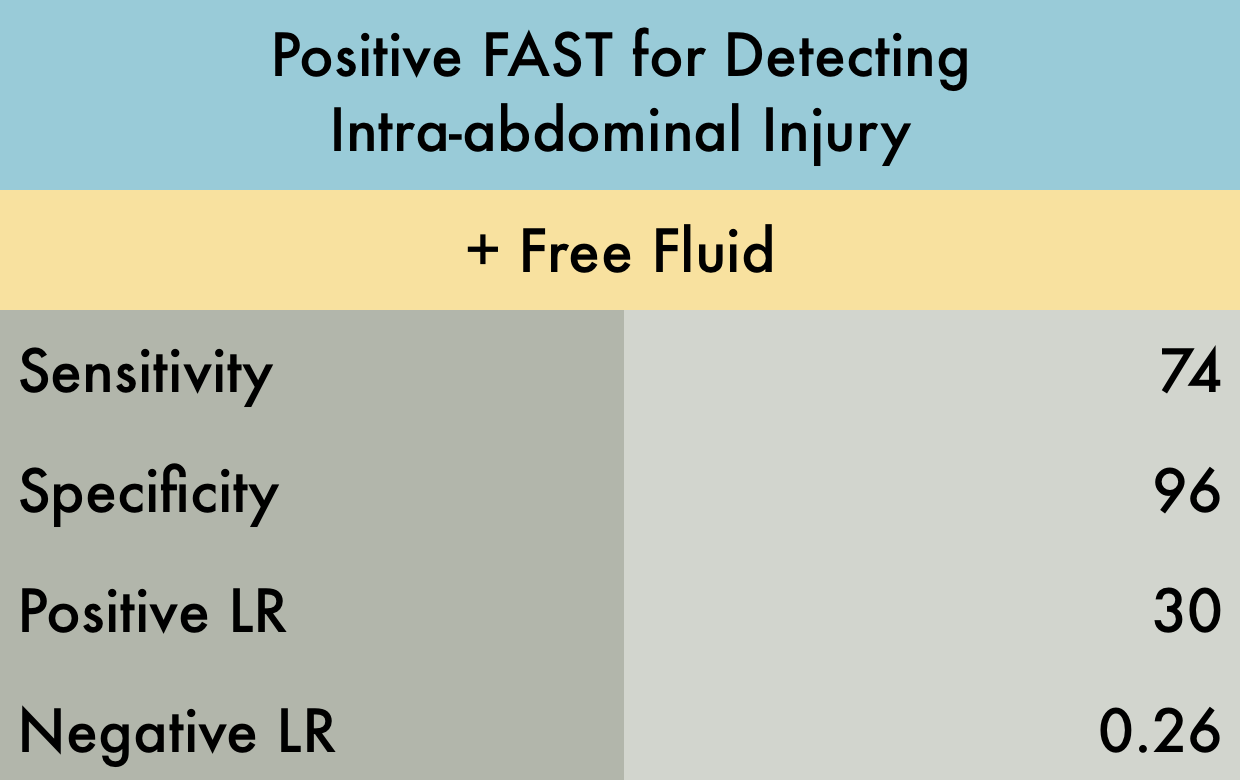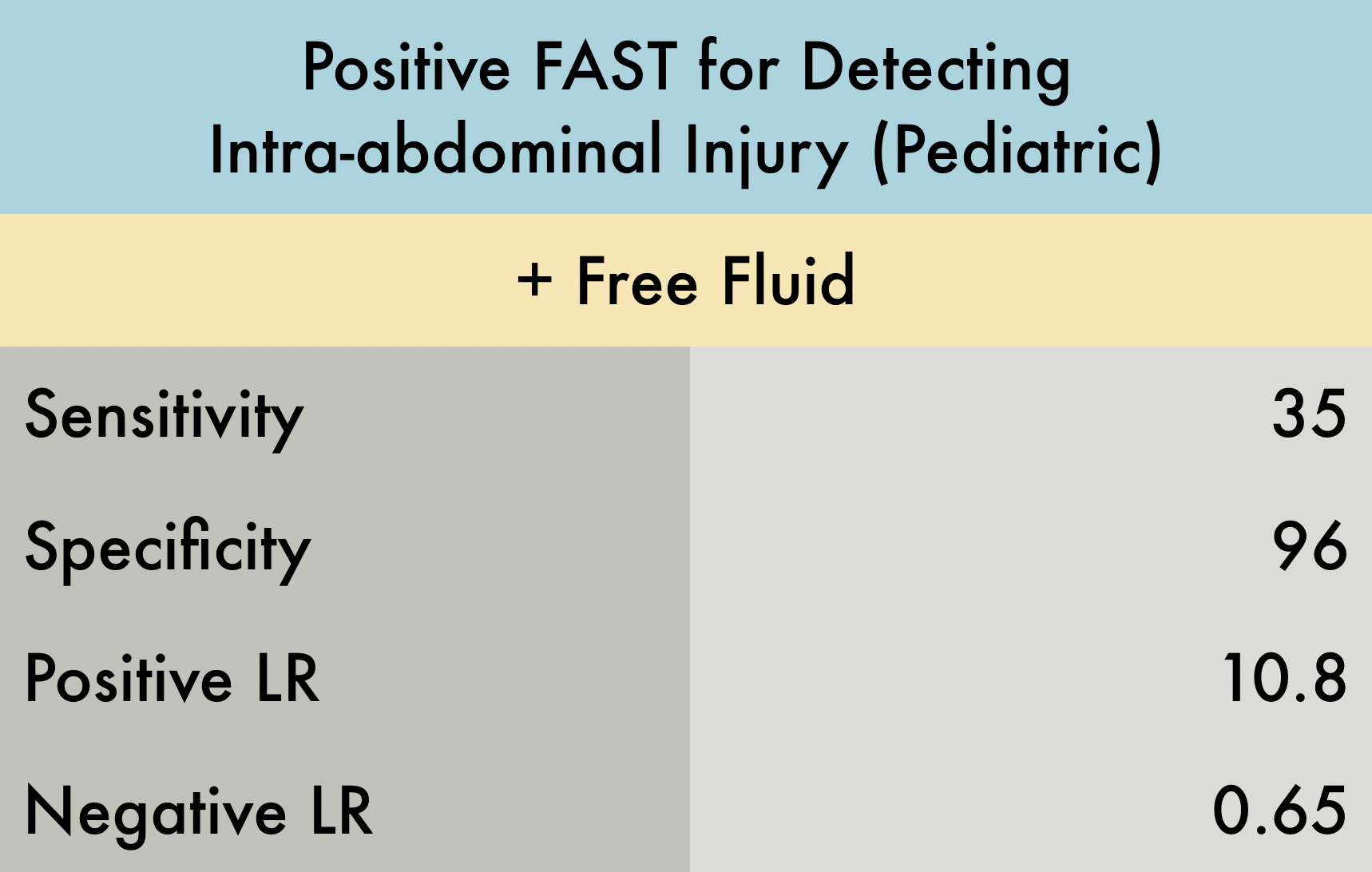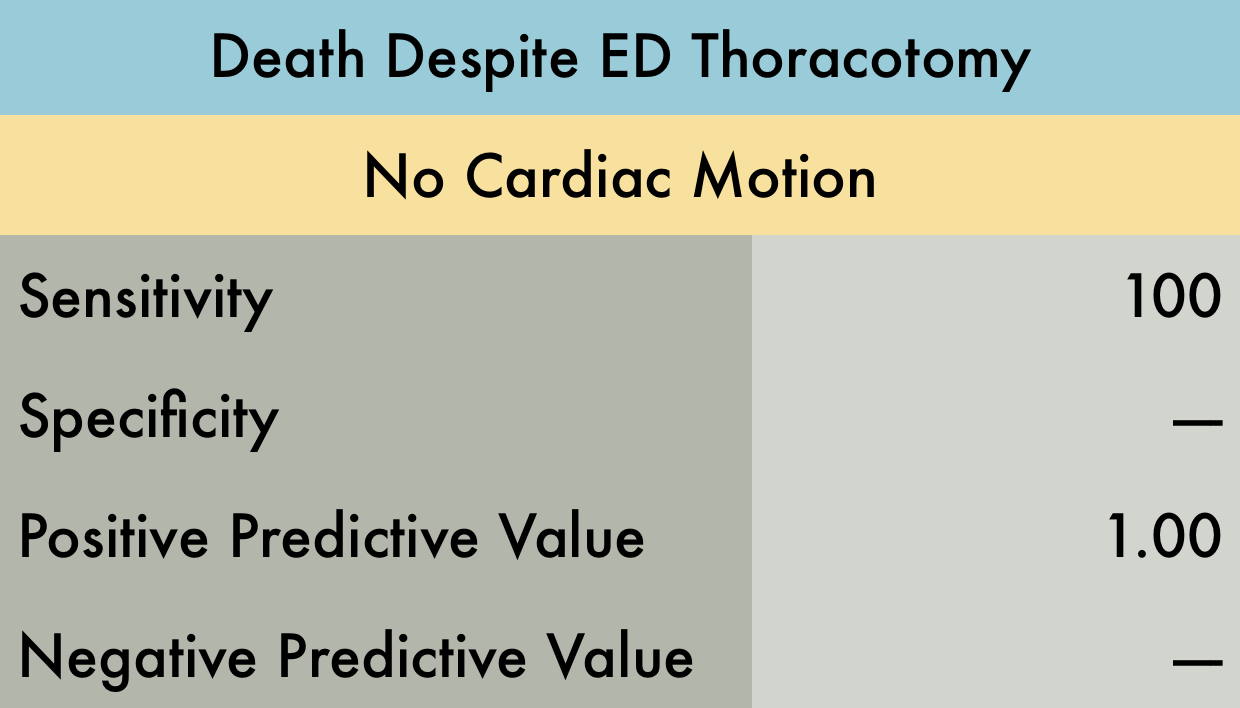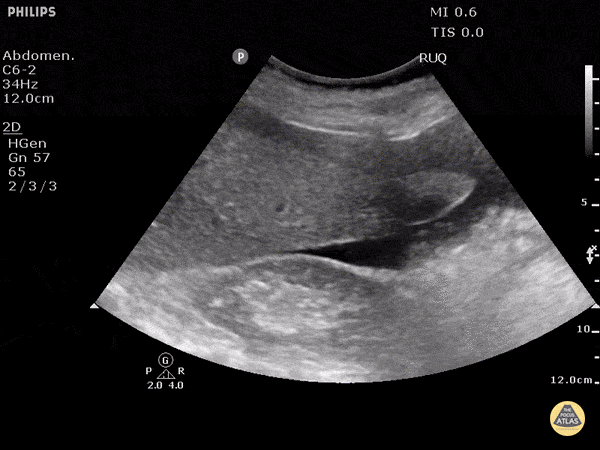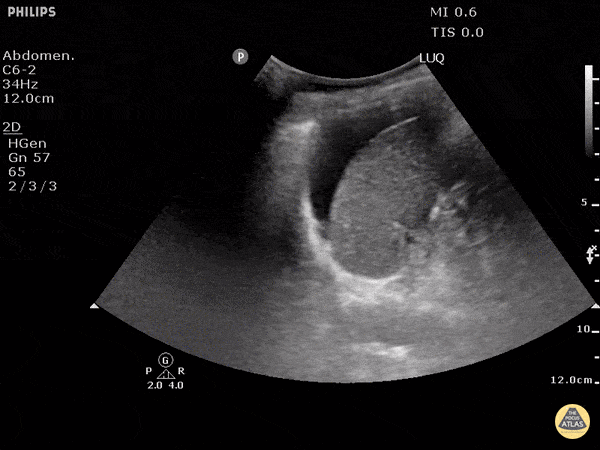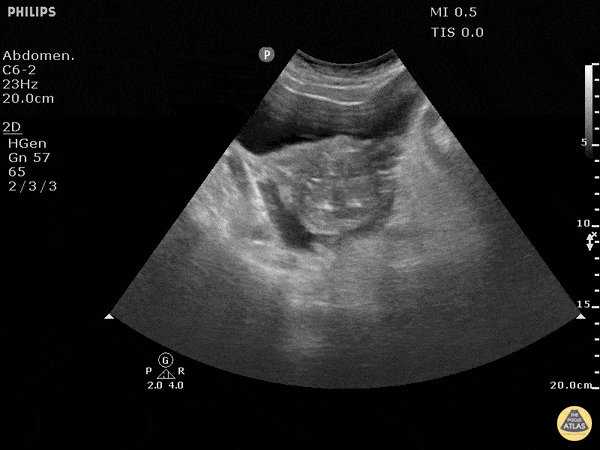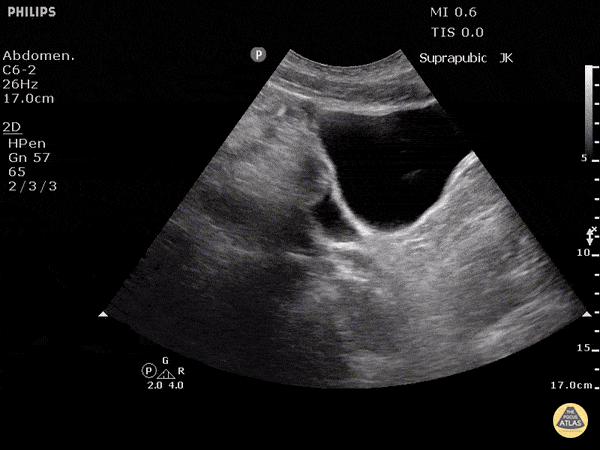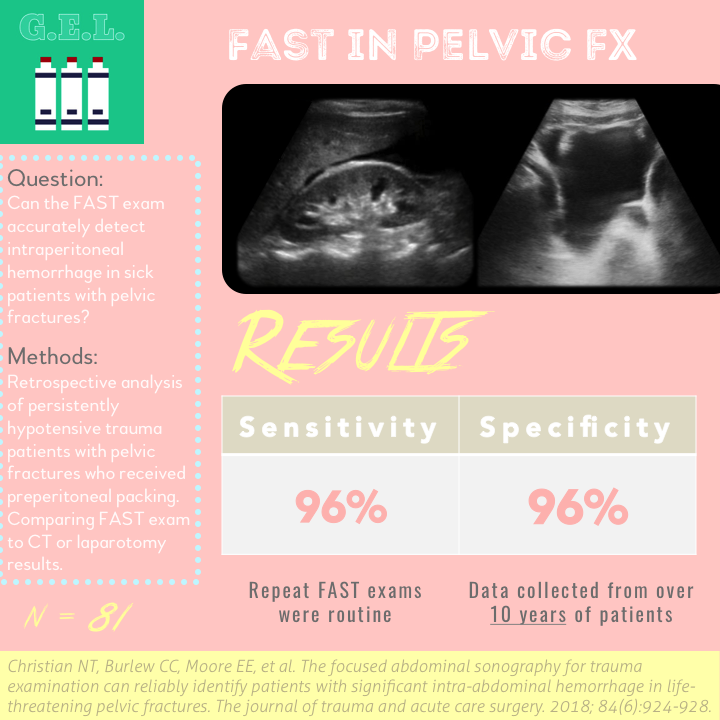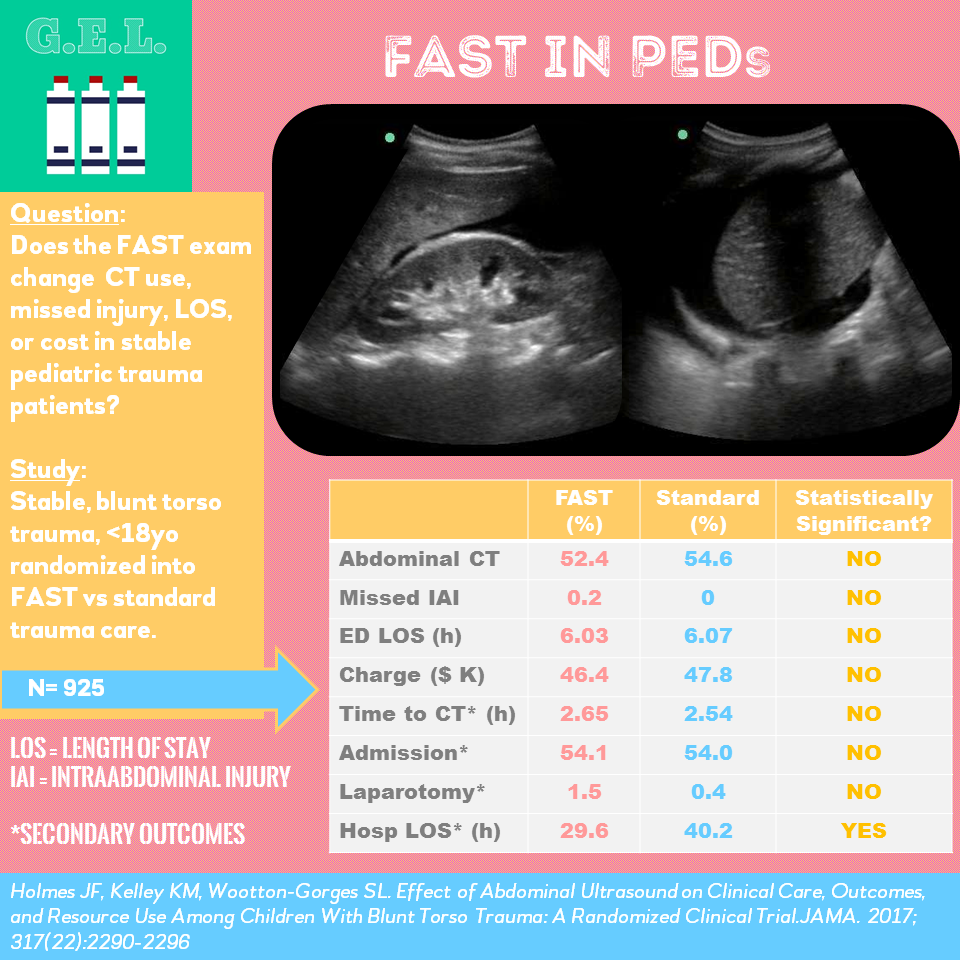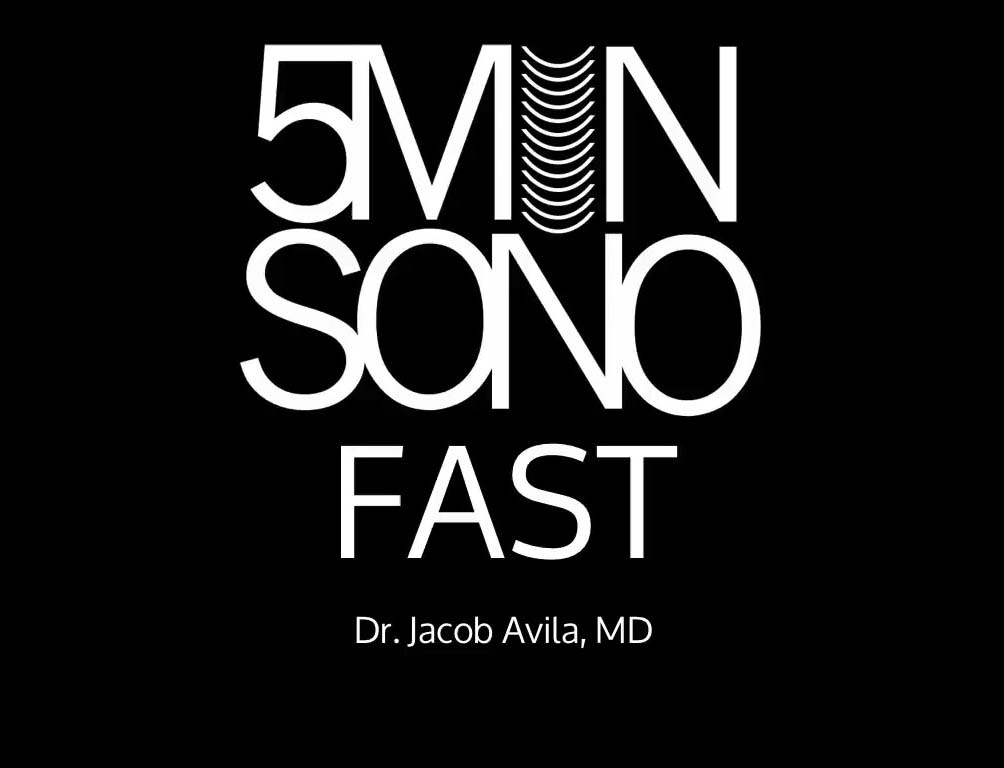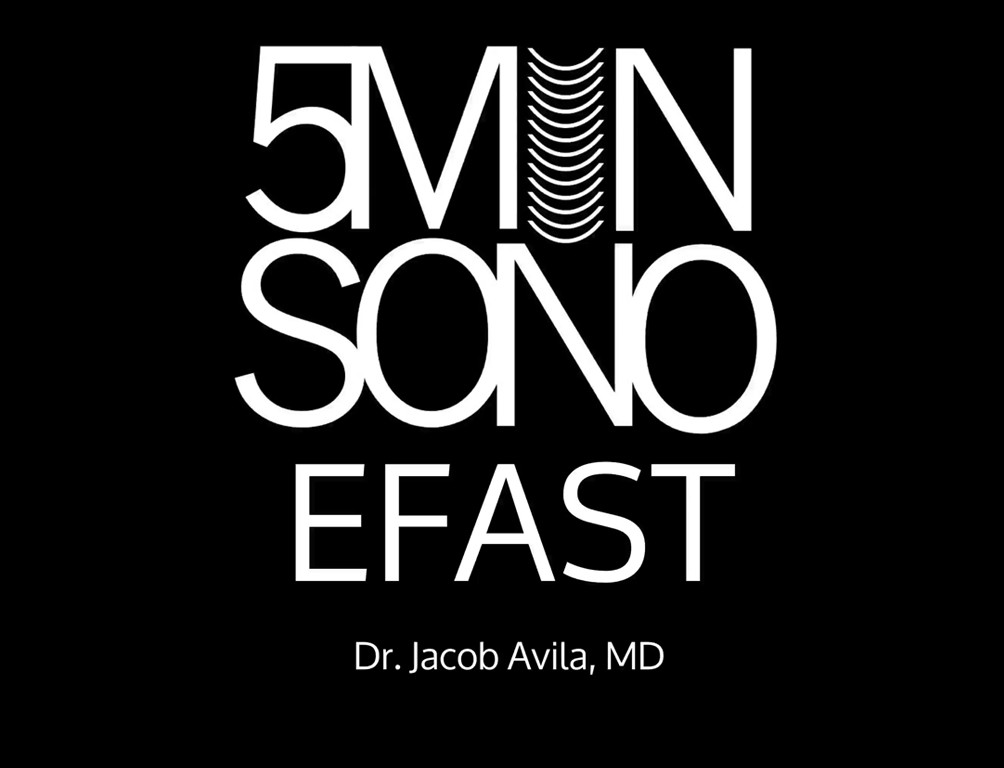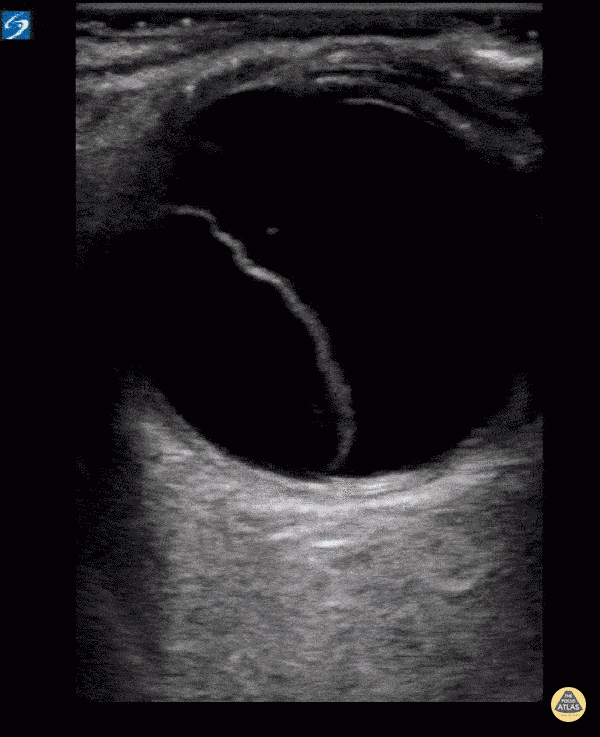
Trauma Evidence
POCUS Evidence Atlas - trauma, positive fast, blunt. EBM review and resource of POCUS for trauma FAST diagnosis. Sensitivity Specificity positive and negative likelihood ratios. Point of care ultrasound evidence.
The Evidence Atlas: Trauma
This was a meta-analysis including 22 studies (n=12089) in adult patients presenting with blunt trauma, evaluating the accuracy of the FAST examination for the detection of intra-abdominal injury. All included studies had at least 1 reference standard including abdominal computed tomography, diagnostic peritoneal lavage, laparotomy, autopsy, and/or clinical course. 5 of the studies excluded patients with hemodynamic instability. When these studies were looked at alone, the positive LR increased to 82.
PMID: 22496266
This was a systematic review and meta-analysis including 8 studies (n = 2135) to evaluate the utility of FAST examination in the diagnosis of intra-abdominal injury (IAI) in pediatric blunt abdominal trauma patients. All included studies used 3 different reference standards, which introduced bias by not equally categorize a patient as disease positive or negative. Inclusion criteria for age across these 8 studies ranged from an upper limit of 13 to 18 years old. Index test was presence of any amount of free fluid in hepatorenal, splenorenal, or suprapubic windows during FAST. Reference standards were laparotomy, CT, or observation. Sensitivity was highly variable across 8 studies (20-80%) and found to have a pooled sensitivity of 35%. Specificity remained very high, 96%. Overall, this systemic review found that a negative index test alone cannot rule out the need for further imaging in pediatric intra-abdominal trauma. PMID: 30870341
This was a prospective study (n=187) at a Level I trauma center evaluating the utility of resuscitative thoracotomy (RT) in acute trauma patients. A bedside FAST exam was performed before or concurrent with RT. The bedside FAST exam evaluated for cardiac motion and/or pericardial effusion. A sensitivity analysis utilizing the primary outcome measures of survival to discharge or organ donation was performed. Only the outcome of survival to discharge is provided in the accompanying table. Note that Positive Predictive Value was used in provided table as this is easier to interpret with respect to their data. Positive predictive value is the probability that subjects with a positive screening test truly have the disease. With respect to the study data, positive predictive value represents the probability that a patient WILL NOT survive following RT if they have no cardiac activity on bedside echo.
PMID: 26258320

